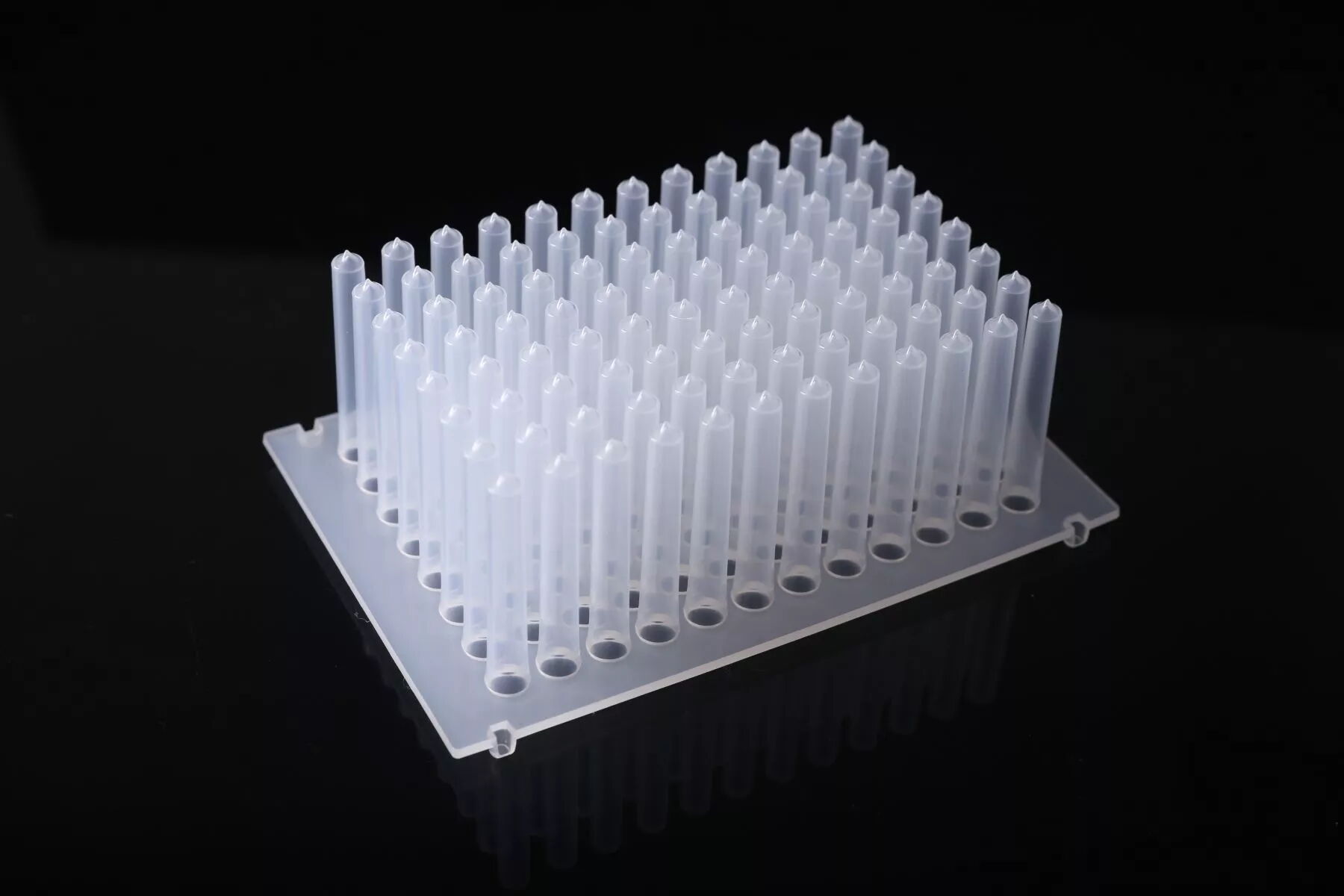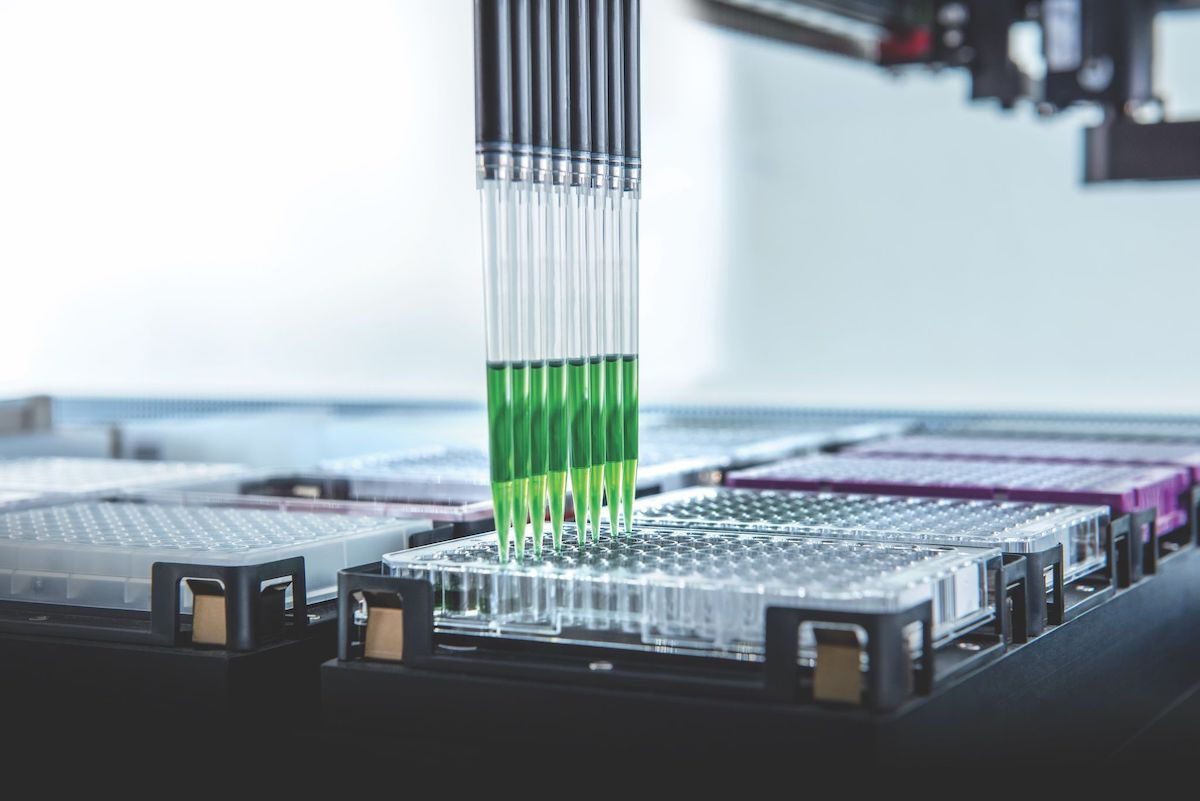Key Factors for Choosing Centrifuge Tubes
May 31, 2024
Centrifuge tubes are essential tools in laboratory settings, enabling the separation of sample components through high-speed centrifugation. Choosing the appropriate centrifuge tube is critical for ensuring the efficacy, accuracy, and safety of laboratory procedures. Here are some key factors to consider when selecting centrifuge tubes for your lab.
Material Composition
The material of a centrifuge tube significantly influences its chemical resistance, durability, and thermal stability. Common materials include Polypropylene (PP), known for its robustness and compatibility with a broad range of chemicals, and Polycarbonate (PC), valued for its clarity and impact resistance. It is essential to understand the nature of your samples and the conditions they will be subjected to.
Besides chemical resistance and physical durability, we emphasizes the importance of considering the autoclavability of centrifuge tubes. Many laboratory protocols require equipment sterilization, so choosing tubes that can withstand the high temperatures and pressures of autoclaving without deforming or leaching chemicals into samples is crucial.
Discussing advanced material options, such as fluoropolymers, which offer exceptional chemical resistance and are ideal for highly corrosive or reactive samples. Although these materials may be more expensive, their use can be justified for specialized applications where standard materials might fail.
Capacity and Size
Centrifuge tubes come in a wide range of sizes, from microcentrifuge tubes with capacities as small as 0.2 mL to larger tubes that can hold several liters. This variety offers flexibility for different laboratory applications, from processing small biological samples to handling bulk chemical substances. Choosing the right size ensures efficient separation and prevents sample loss or cross-contamination, which is imoportant for maintaining experimental integrity.
Microcentrifuge tubes, commonly used in molecular biology and biochemistry labs, are perfect for DNA, RNA, and protein analyses where sample volumes are minimal. Their compact size allows for rapid spinning, facilitating quick pelleting or separation of small particles from the supernatant. These tubes are designed to fit into microcentrifuge rotors, making them ideal for high-speed centrifugation.
At the other end of the spectrum, large-capacity centrifuge tubes can handle substantial volumes, making them suitable for industrial applications or large-scale research studies that require processing significant amounts of material. These tubes need specialized centrifuges with rotors capable of accommodating their size and weight, especially when filled with samples.
Selecting the appropriate tube size for your application is critical for optimizing the centrifugation process. Using a tube that is too large for the sample volume can lead to inefficient separations, as the larger surface area may cause the sample to spread thinly, reducing the sedimentation force on each particle. Conversely, a tube that is too small may result in overflow or insufficient space for proper separation, leading to potential sample loss and cross-contamination.
Centrifuge Compatibility
Ensuring that your centrifuge tubes are fully compatible with your centrifuge model is essential for safe and effective laboratory operations. This compatibility involves several factors, including the rotor type, tube shape and size, and the maximum operational speed of the centrifuge. Ignoring these considerations can lead to tube failure, jeopardizing your samples and potentially causing significant damage to the centrifuge, resulting in costly repairs or replacements.
Rotor Type and Tube Design:
Centrifuge rotors are designed to accommodate specific types of tubes, and using a mismatched tube can cause improper seating or instability during operation. For example, angle rotors require tubes that can withstand the angle at which they are held, typically necessitating tubes with stronger structural integrity to handle the increased stress. Swing-out rotors, on the other hand, are suited for tubes that can be securely held in buckets, allowing for horizontal separation. Ensuring that the tube design matches the rotor type is crucial for achieving optimal separation results and preventing tube breakage.
Tube Size and Centrifuge Capacity:
The physical dimensions of the centrifuge tubes must match the slots or adapters available in the centrifuge rotor. Using tubes that are too large or too small for the rotor affects the efficiency of separation and increases the risk of tube ejection or breakage due to improper fit. It’s essential to check the centrifuge’s specifications for compatible tube sizes and to use adapters if necessary to accommodate tubes of different diameters or lengths.
Maximum Speed Considerations:
Each centrifuge tube is rated for a maximum centrifugal force, expressed in terms of RCF (relative centrifugal force) or g-force, which it can safely withstand. Exceeding this limit can lead to tube failure, resulting in leaks, spills, or complete disintegration of the tube. Before centrifugation, calculate the RCF required for your application and ensure that both the centrifuge and the tubes can safely achieve this level of force. Modern centrifuges often have programmable settings to prevent users from exceeding the operational limits of the attached rotor or tubes, adding an extra layer of safety.
Material Compatibility:
Compatibility also extends to the material of the centrifuge tubes, which should be suitable for the temperature range and chemical exposure expected during centrifugation. Some applications may require refrigerated or heated centrifugation, and the chosen tubes must be able to withstand these conditions without warping, cracking, or degrading.
Ensuring Proper Fit and Safe Operation:
To avoid the risks associated with incompatible tubes, always consult the centrifuge and tube manufacturer’s guidelines before use. Manufacturers typically provide detailed charts or databases listing compatible tubes for each rotor and centrifuge model. When in doubt, contacting the manufacturer or supplier can provide clarification and prevent potentially hazardous mismatches.
Closure Type
The choice of closure mechanism for centrifuge tubes is crucial, as it directly impacts the security of the sample during centrifugation and storage. The closure type affects the risk of sample leakage and contamination, ease of sample access, and overall laboratory safety.
Screw Caps: Screw caps provide a robust and airtight seal, making them ideal for high-speed centrifugation where leakage risk is higher. They are particularly suited for containing hazardous materials, biohazardous substances, or volatile organic compounds, as they prevent vapor release and ensure sample containment even under extreme centrifugal forces. The threaded design allows for secure closure and reopening, essential for long-term storage or repeated access.
Snap Caps: Snap caps offer convenience and speed with a press-on, press-off design, making them suitable for applications where frequent sample access is needed. They are ideal for lower-speed centrifugations and situations with minimal leakage risk. However, snap caps may not provide as tight a seal as screw caps and could potentially come open during high-speed centrifugation or mishandling.
Other Considerations: The choice between screw caps and snap caps may also be influenced by ergonomic factors and automation compatibility. Screw caps, while secure, require more manual effort to open and close, which can be a factor in high-throughput environments. Some tubes offer a combination of both designs, providing versatility and allowing the closure mechanism to be tailored to specific experimental requirements.
Graduation and Labeling Area
Precision in sample measurement and clear identification are foundational to successful laboratory experiments. Centrifuge tubes with well-designed graduations and labeling areas significantly contribute to accuracy and reproducibility.
Graduations: Clear, durable graduations on the tube allow for precise volume measurements, critical for quantitative analyses and dilution accuracy. High-quality tubes feature graduations resistant to fading or wearing off, even after repeated handling, cleaning, or exposure to chemicals. The visibility of these markings should be considered under typical laboratory lighting conditions and with various types of samples.
Labeling Areas: A designated labeling area, often frosted to facilitate writing, is essential for reliable sample identification. This area should provide enough space to write sample IDs, dates, and other pertinent information using laboratory markers or pens. The texture and material of the labeling area should ensure legibility throughout the experiment, including during storage and handling. For labs using barcode or RFID systems for sample tracking, tubes compatible with these technologies can further streamline sample management and reduce misidentification risk.
Incorporating tubes with clear graduations and adequate labeling areas into your lab practices enhances data integrity and efficiency. These features enable accurate sample quantification and secure, unambiguous sample identification, contributing to the overall quality and reliability of laboratory work.
Previous: How to Source High-Quality Laboratory Consumables
Next: What Are the Different Types of Pipette Tips?



